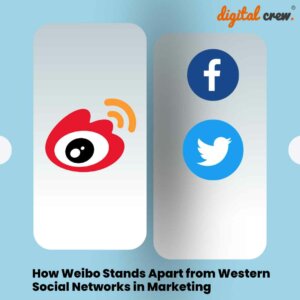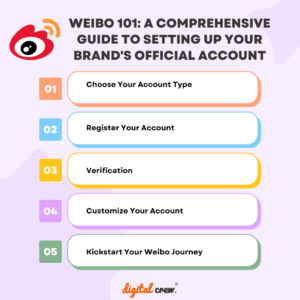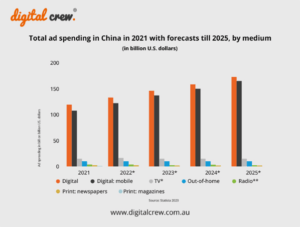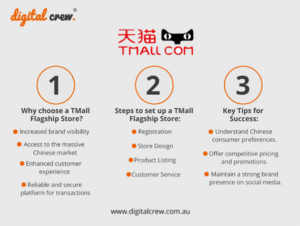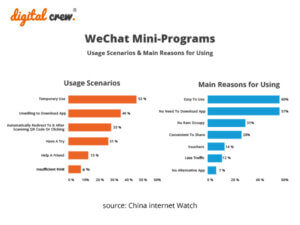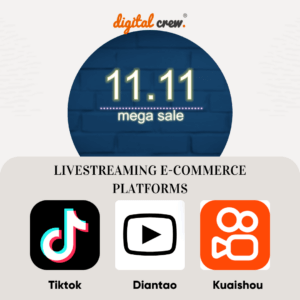If you’re selling to the Chinese market, understanding your customer is key. There are a number of differences in how Chinese consumers approach their purchases, the result being a buying cycle that varies from consumers in other markets.
It all starts online
The vast majority of Chinese buyers start their purchasing cycle online. And according to a 2015 report from PriceWaterhouseCoopers, which surveyed internet shoppers in 19 global territories, they tend to do more research, rather than simply taking a product or service at face value.
Social media, relevant brand sites, e-commerce sites and search engines such as Baidu form the basis of their initial product research and investigation.
So how is this different from the habits of other shoppers?
Chinese consumers tend to rely far more on social media, with 90% of survey respondents saying that interactions with businesses had prompted them to buy more.
While English-speaking customers might head to Google to research a product, Chinese consumers are more likely to head to the large ecommerce sites such as Taobao or Tmall, or to a brand’s official website.
Where Chinese customers end up buying
Although Chinese consumers do the majority of their research online, they will typically head to a physical shop to ‘test’ the product hands-on, in a process known as showrooming, the survey found.
After this, they will generally shop around for the best price on a given product before making a final purchase. For some items, they may do so in bricks and mortar shops, but often they’ll return online to find a competitive deal.
Key factors in the buying cycle
The Chinese consumer cycle then follows the following steps:
- Initial awareness and interest.
- Brand research and validation.
- Product testing.
- Price comparison and bargain hunting.
- Final purchase.
This suggests a need for businesses wanting to sell in the Chinese marketplace to:
- Be active on social media.
- Ensure that their web offerings provide the comprehensive product information and validation (customer reviews ect) needed to encourage an interested customer.
- Ensure their web offerings are optimised for viewing on mobile phones, given mobile internet use has overtaken desktop in China. In fact, 79% of respondents in the survey enjoyed receiving offers through their mobiles.
- Provide a high-value online experience, including competitive pricing, that encourages customers to make an immediate purchase, rather than heading elsewhere.
For more information about Chinese consumers’ spending habits, and how to optimise your web presence to encourage online purchases, contact one of the experienced consultants in our China Online Marketing division.


















